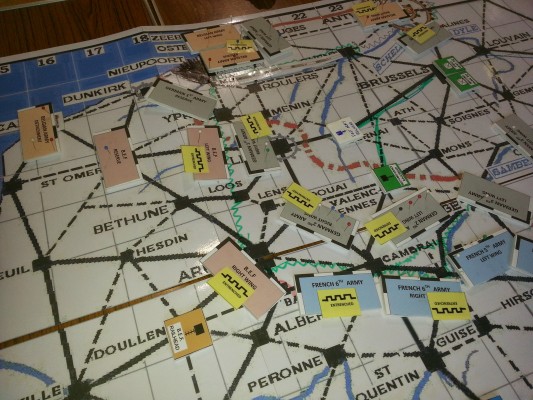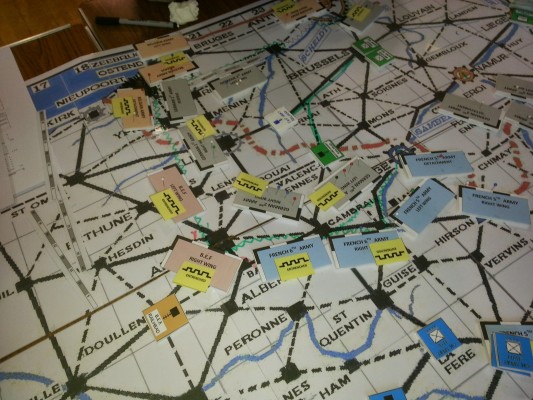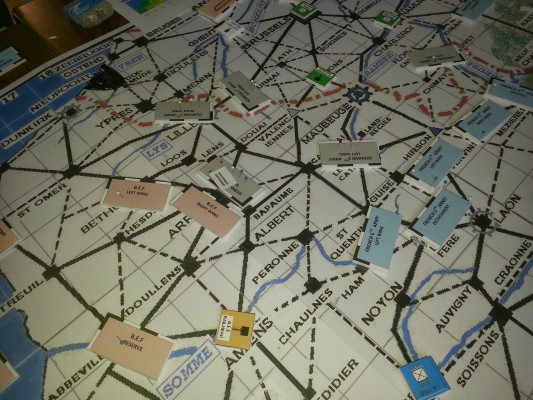 Lance Corporal William Kemp of the 2nd Scottish Rifles was killed in action one hundred years ago.
Lance Corporal William Kemp of the 2nd Scottish Rifles was killed in action one hundred years ago.
I grew up seeing his name on the local war memorial, as did my father who was also named William Kemp. My dad was keen on family history, he could tell me all the living relatives and knew their exact relationship to us. He believed that all the Kemps in the Old Kilpatrick are were interrelated. So I’ve always seen L/Cpl William Kemp as part of my family, even though I cannot directly connect him from further research.
William was almost certainly a regular soldier before WW1, either that or a recalled reservist. The Scottish Rifles were a regular battalion and started the war in Malta. However they were recalled and sent to France arriving in November 1914. William’s Medal Index Card shows that he arrived in France on 5th November 1914. It also records that he was killed in action.
I’ve tried to find the war diary for 2SR but it isn’t available online and I’ve not been able to go to either the PRO in Kew or the Regimental Museum in Lanarkshire. So I don’t know what was going on in early January 1915. Mostly likely it was routine in defence.
The newspaper clipping comes from the Lennox Herald which my mother found in the archives in Dumbarton Library.












































































